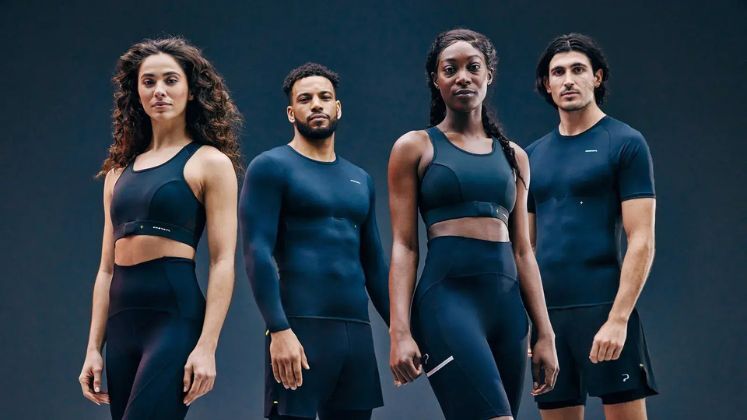The sports apparel market is set for substantial expansion, with projections indicating a rise to US $ 383.89 billion by 2030, according to a new report. This growth, driven by increasing health consciousness and a surge in outdoor recreational activities, represents a compound annual growth rate (CAGR) of 6.7 per cent from 2024.
North America currently holds the largest market share, with the United States alone valued at US $ 76.13 billion in 2023. Retailers are adapting to evolving consumer demands by enhancing in-store experiences with recreational amenities and forging strategic alliances with prominent athletes and celebrities. This approach aims to attract customers seeking both products and engaging experiences.
The top wear segment, including T-shirts and sweatshirts, remains the dominant product category, while the men’s segment continues to lead in end-user demand. Asia Pacific is witnessing rapid growth, fueled by urbanization and increasing disposable incomes, leading to greater participation in sports and fitness activities.
Key industry players are actively pursuing strategies to maintain their competitive edge. Puma is focusing on new product lines, Champs Sports is launching private label apparel through athlete partnerships, and Nike is re-evaluating its strategic direction in response to market share fluctuations.
Despite the positive outlook, the market faces challenges, including shifting consumer preferences, trade disputes, and geopolitical uncertainties. To navigate these challenges, brands must prioritize strategic agility, innovation, and targeted marketing efforts. Flexibility and adaptability will be crucial for maintaining growth and market position in this dynamic industry.







